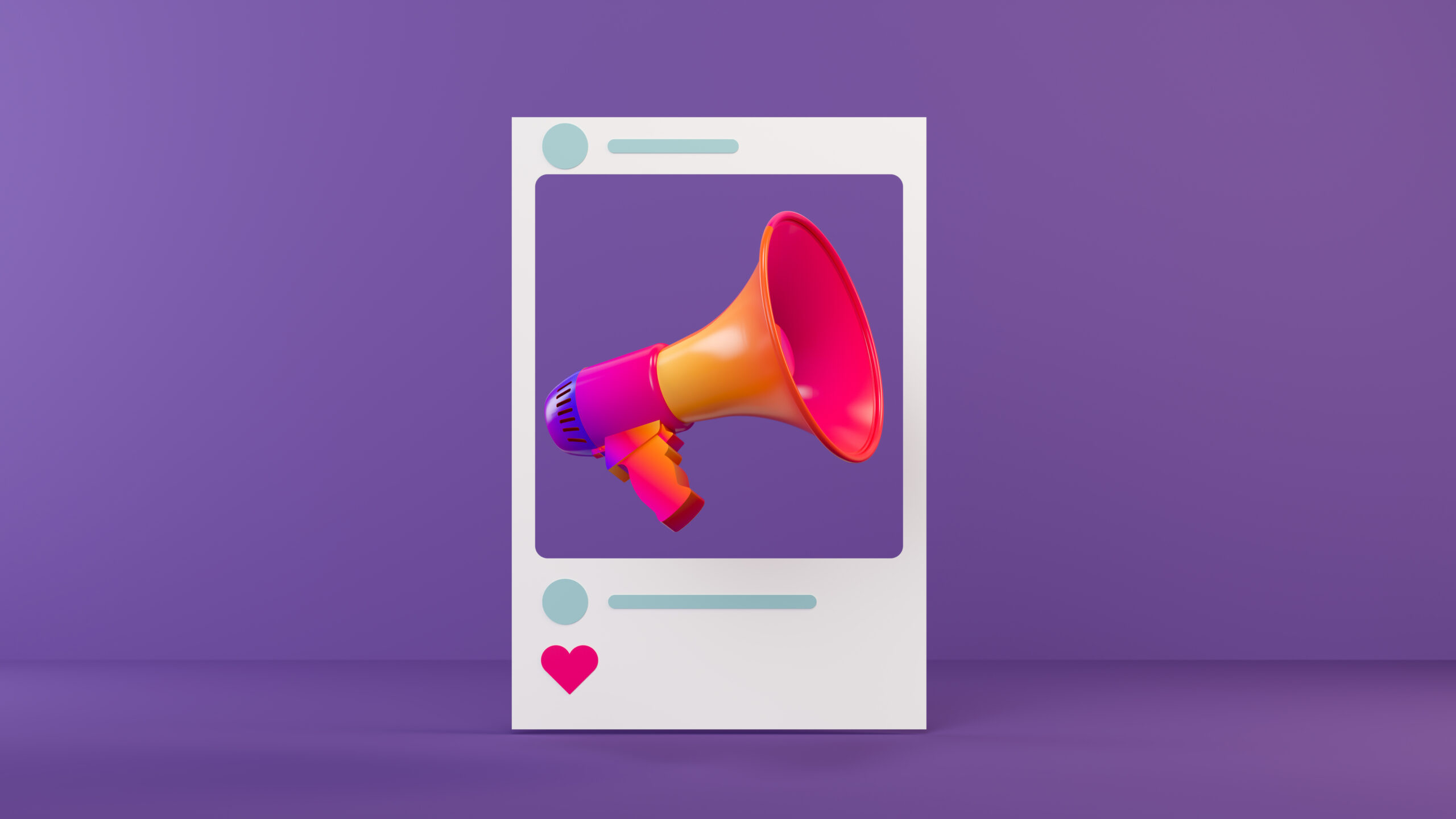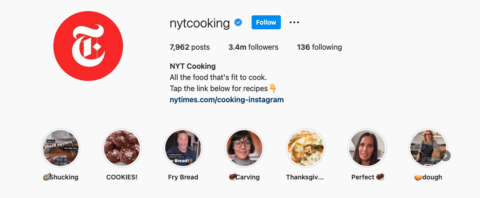Send With Confidence
Partner with the email service trusted by developers and marketers for time-savings, scalability, and delivery expertise.


Time to read: 7 minutes
You probably don’t need statistics to understand how important it is for businesses to market on social media. But here are a few to give you an idea of social media’s reach:
Numbers aside, social media is a valuable marketing channel for any business. It allows you to reach hyper-specific audiences with targeted advertising on each platform. Plus, since your competitors are most likely already marketing on social media, you don’t want to miss the chance to get your brand in front of similar audiences.
Not sure where to start? This post will walk you through how to create content for social media and which platforms are best for each content type.
The competition on social media is fierce, and you’re not likely to see results if you start posting without a strategy. So before you start, do some audience research to find out which platforms your target audience prefers and which content types resonate with them.
Unless you have a large following already, organic posts will only get you so far. That means you should invest in paid posts and advertisements, and the best content types to try for advertising are images, videos, stories, and influencer campaigns.
Let’s dive into the best practices and top social media platforms for each content type.
Best for: Instagram, Pinterest
This is one of the easiest content types to create. You can take photos with a smartphone, get professional photos by working with a photographer, or even source images from stock photo websites. Whichever you choose, work to establish a consistent brand look and feel so that followers can easily identify your posts as they scroll through their feeds.

If you’re taking your photos (and you’re not a professional photographer), brush up on basic composition principles, such as the rule of thirds and complementary colors. Learning a few pro tricks will take your images to the next level.
Also keep in mind that each platform has its own image sizing guidelines. So be sure to upload the recommended size for each platform and resize your images as needed when repurposing content.
Best for: YouTube and Facebook (long videos), TikTok and Instagram (short videos)
Videos get some of the highest engagement on social media, making this a valuable content type for any business. Here are just a couple of reasons why:
Test different video lengths to find what resonates with your audience. In general, shorter videos perform better, but the ideal length will depend on the platform. For example, TikTok and Instagram reels are all about short videos (15–60 seconds) that make an immediate impact. On Facebook, 2–5 minutes is ideal, and on YouTube, the ideal length varies depending on the type of content and what works with your viewers.
It’s inexpensive to produce short videos for platforms like TikTok and Instagram. However, if you’re looking to make high-quality videos, such as a YouTube series, you’ll need to invest in video equipment and production.
When sharing your videos, upload them directly instead of using a link to another platform. Facebook tends to reward native videos with more exposure, and these videos get the most engagement.
Also, don’t forget to add closed captions to every video. This not only makes your videos more accessible, but it also allows users to watch without turning on their audio if they’re in a public space.
Best for: Facebook Live, Instagram, TikTok, YouTube, LinkedIn Live
Live video has become a popular way to engage with followers in real time, and social media users love it. In fact, “80% of people would rather watch live video from a brand than read a blog.” That number alone makes this content type worth trying.
The pandemic accelerated the adoption of live video, and businesses quickly realized it allows them to reach audiences all around the world—something an in-person event can’t do.
One thing live videos and in-person events have in common is the required preparation and specialized equipment. You’ll need at least a tripod for your camera, proper lighting, and a microphone to start live streaming. However, it’s a great way to show the human element of your business with behind-the-scenes content, candid conversations, and even live performances.
For those tired of video, there’s an alternative: Twitter Spaces, and Clubhouse offer audio-only live rooms, where users can enjoy in-depth conversations in real time.
Best for: Instagram, Facebook, Snapchat
First introduced by Snapchat, many social media channels have adopted the story format. These are temporary posts—mainly images or videos—that disappear after 24 hours. This is a fun format to share behind-the-scenes photos and videos of your business.
Plus, it’s easy for anyone to produce stories. All you need is a phone and the app’s story tools. However, if you want to advertise on stories, opt for a higher production value. When you share stories that perform well or don’t want to lose them, save them to your highlights so that users can revisit them after the initial 24-hour period.

This is one of the most flexible content types as it offers endless possibilities to experiment with features like music, polls, Q&A sessions, and more. And if an experiment doesn’t perform well, that’s OK. It’ll be gone tomorrow, and you can try something new.
Best for: Facebook and LinkedIn (native text or links), Twitter (links), Instagram (carousels)
Sharing written content on social media can be tricky. There’s a lot of competition, and you need to ensure your piece is captivating enough to make followers stop scrolling and start reading. Much like email subject lines, the headline of your post should engage the reader right away, and the content needs to deliver on whatever the headline promises.
When it comes to text posts, you can either write natively in the app or share a snippet with a link to the full post. If you’re sharing a link on Twitter, pull out an intriguing fact, quote, or statistic to pique readers’ interest.
Take your written content farther by repurposing it for image-based platforms like Instagram. For example, you can create mini essays and share them via image carousels, which allow up to 10 photos or slides. Keep the text short (just a few sentences per slide) and use visually appealing elements to help tell your story.
View this post on Instagram
View this post on Instagram
Partner with the email service trusted by developers and marketers for time-savings, scalability, and delivery expertise.